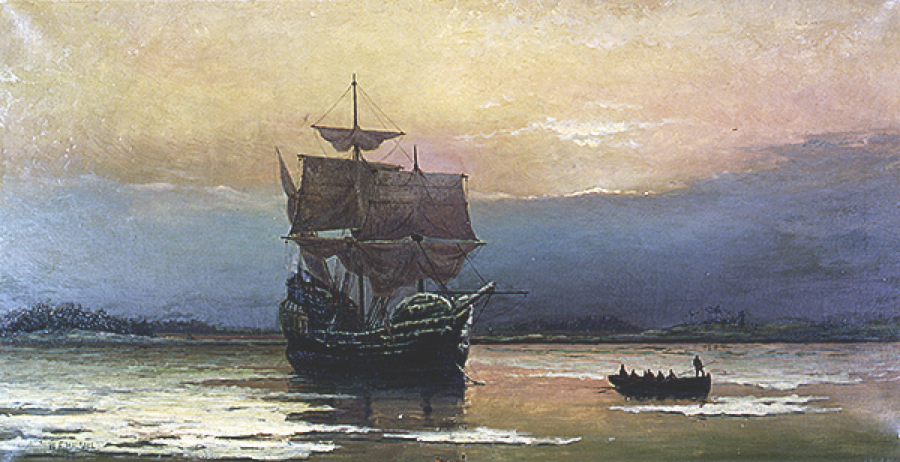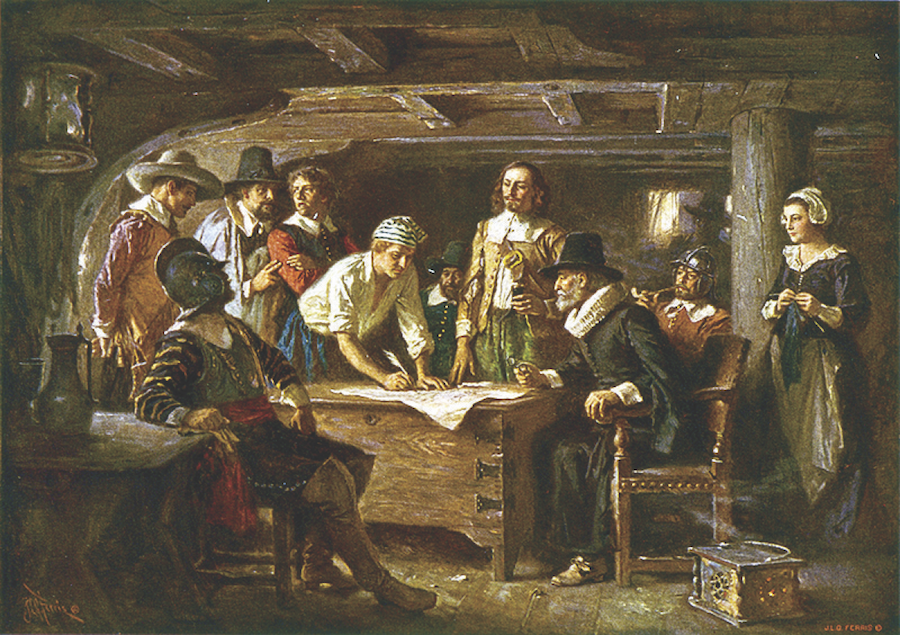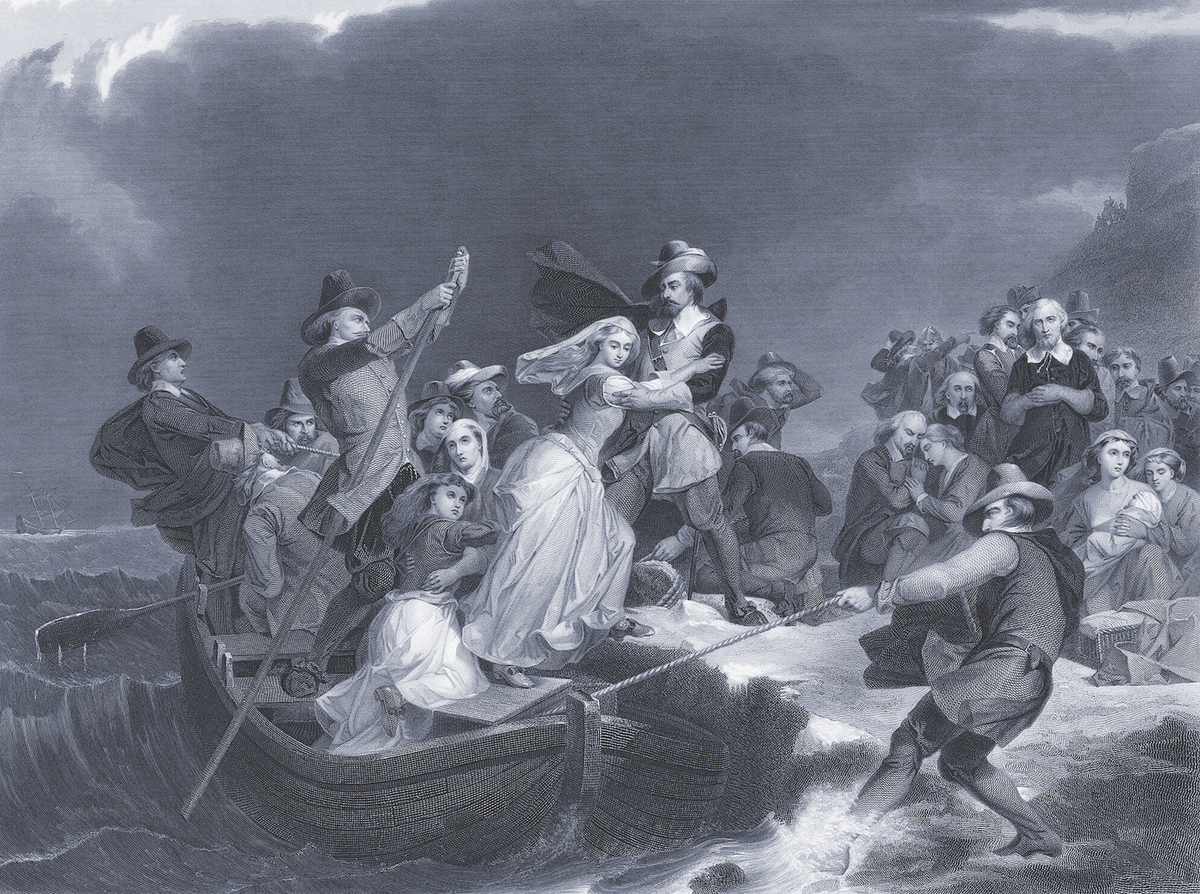History tells us that the journey across the Atlantic in the Mayflower and that first winter in the New World was tough for the English settlers known as “the Pilgrims.”
But what you might not know: Just how tough it was. The Pilgrims lost a ship, endured a sea voyage twice as long as anticipated and then – still living in close quarters on their cramped vessel – dealt with winter sickness that killed off nearly half of their number.
A decision to leave Europe
The group we call the Pilgrims were English families who separated from the Church of England and sought the freedom to worship elsewhere. They moved to Holland starting in 1608 but then, in 1620, decided to move to America where they could create their own colony, just like settlers had done 13 years before in Virginia. They were hoping to settle in the Hudson River area – what is now the New York metro area.
Church leaders recruited a number of farmers and other workers to join them in setting up a new colony. And they hired two ships to take them across the Atlantic: The Speedwell and the Mayflower.
The ships were loaded and set out on Aug. 5, 1620, but within hours, the Speedwell had sprung a number of leaks. After a couple of returns to Southampton, England, for repairs, the decision was made to ditch the Speedwell and cram all the settlers and their supplies onto the Mayflower, They set out again on Sept. 6.
By that time, prime Atlantic-crossing season had passed. The Mayflower – with its landlubber passengers highly prone to seasickness – ran into a series of Atlantic storms. The Mayflower crew spotted land on Nov. 9 – 66 days after their departure. And the storms had thrown them hundreds of miles north of their intended destination.

At first, the Mayflower attempted to head south to the Hudson region but continued rough seas and dwindling provisions removed the Pilgrims’ resolve to spend more time in the cramped ship.
The Mayflower sent out small boats with crews to scout the area we now call Cape Cod, Massachusetts, and found the region to be suitable for settlement. So the Mayflower dropped anchor – in what is now Provincetown Harbor in the tip of Cape Cod – and began making plans for its passengers to disembark.

Realizing their inability to reach the area they had been authorized to settle, the Pilgrims decided they needed some form of government. They selected the military adviser they had hired, Myles Standish, as their leader and then drew up a compact outlining the settlers’ intention to live by English laws and with allegiance to the king.
Forty-one male Pilgrims over the age of 21 signed the Mayflower Compact on Nov. 21, 1620, in preparation for making landfall and settling in their new home.
Land was selected and marked off. Construction began on the new settlement on Dec. 25. By that time, settlers had begun falling ill to winter sicknesses and pneumonia that added to their increasing scurvy and other ailments. Nearly half the settlers would die before settling in.
The Mayflower wouldn’t be completely emptied until March 31, 1621, and it wouldn’t depart for England until April 15.


